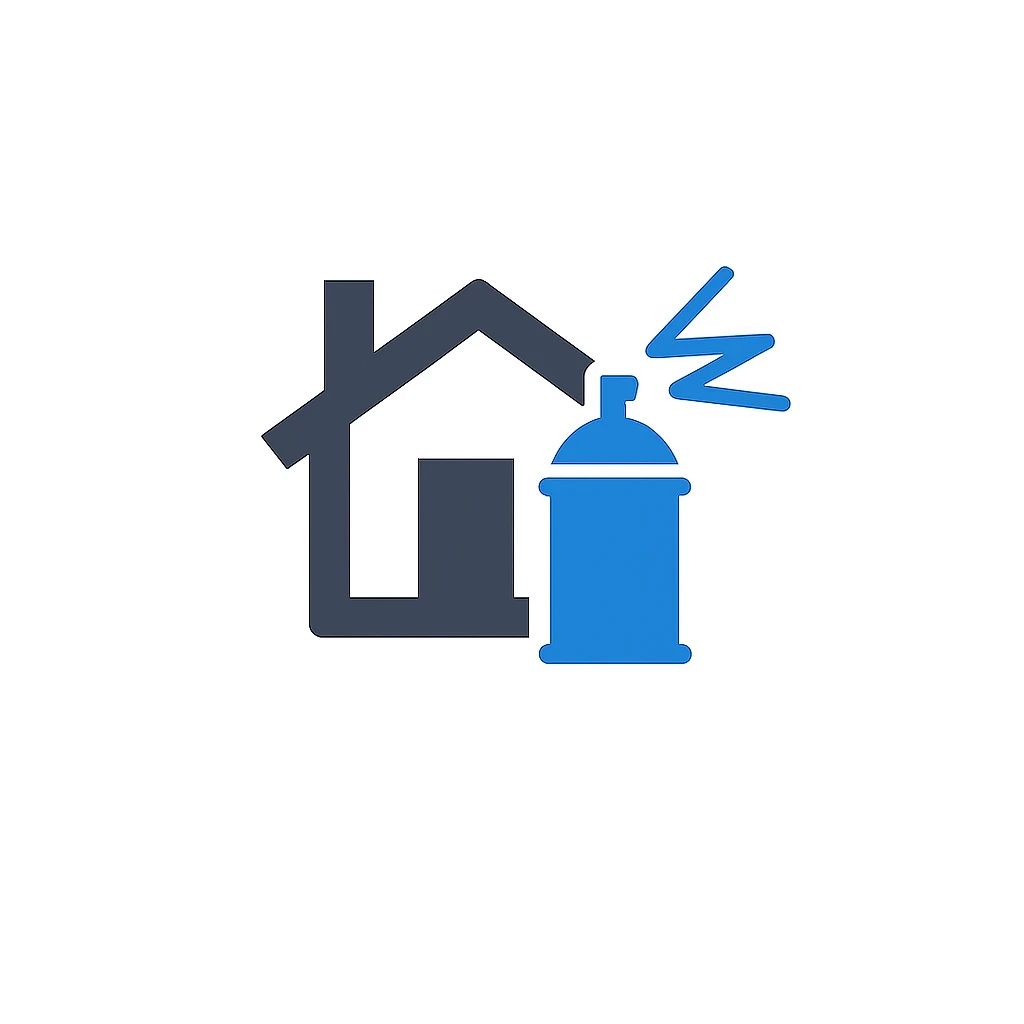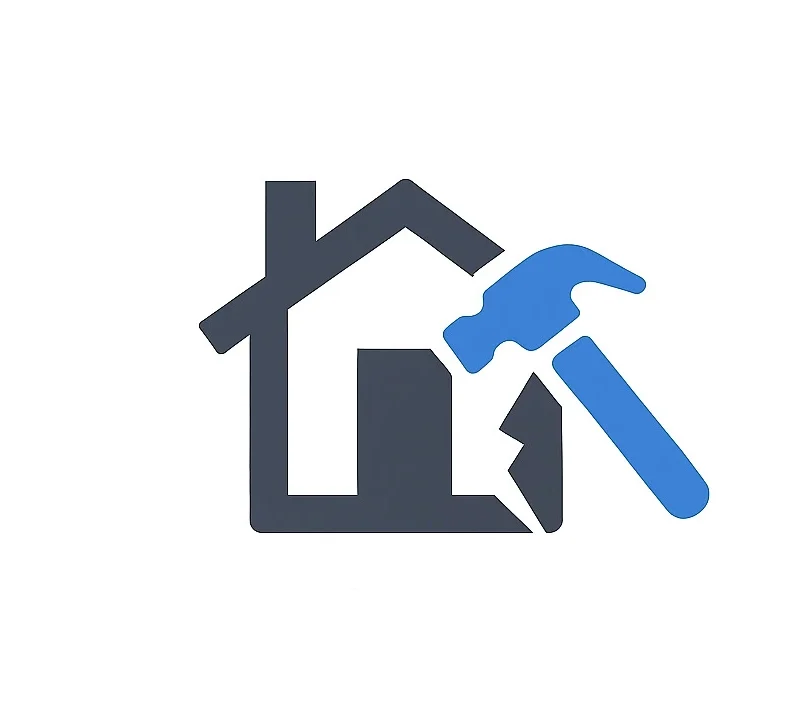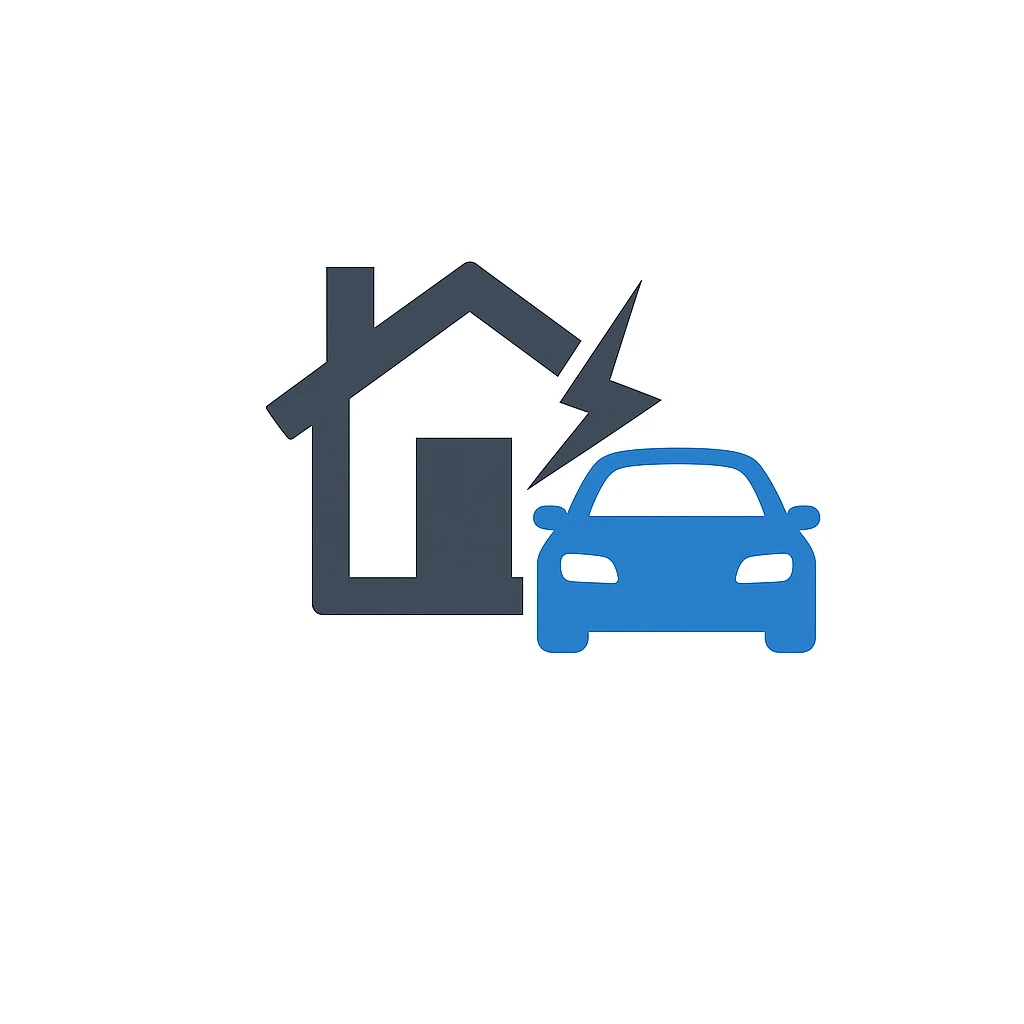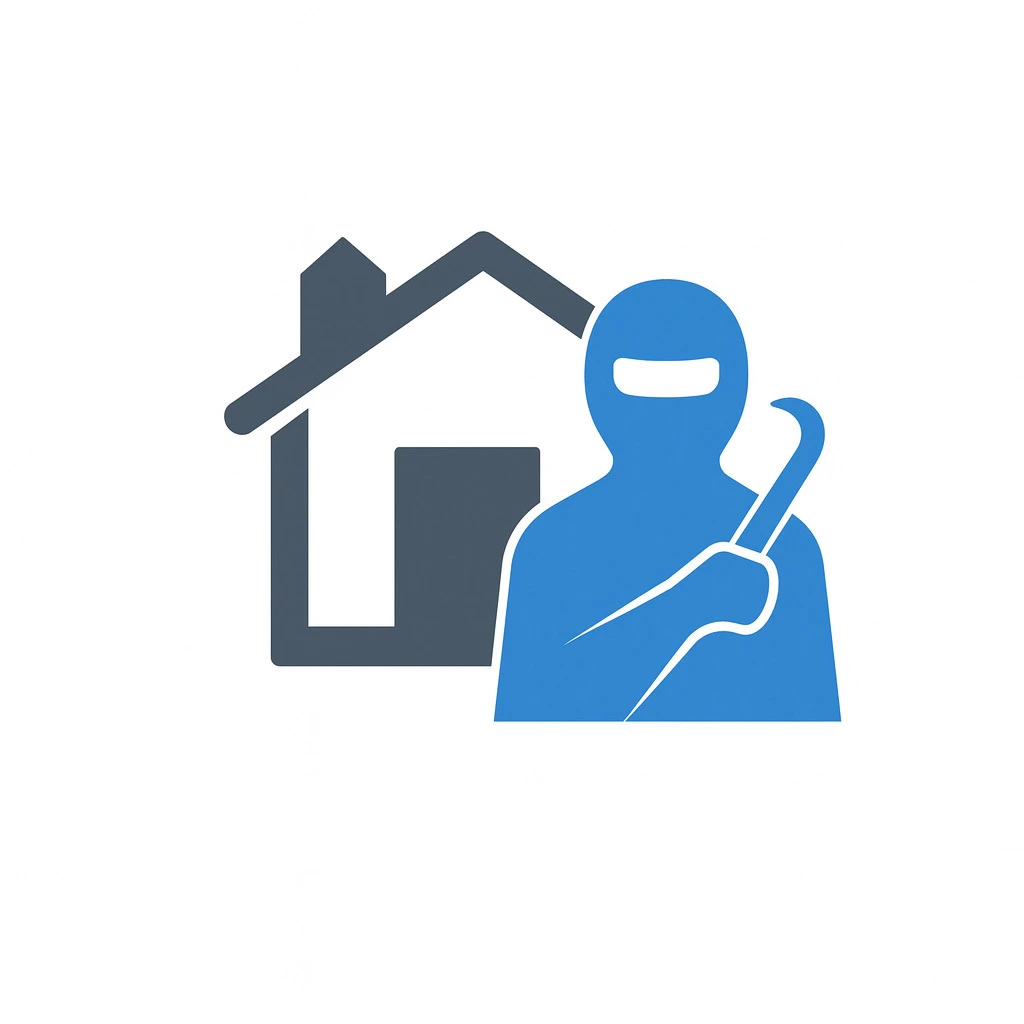Malicious damage refers to intentional harm done to a property — not by natural causes or accidents, but by someone deliberately trying to cause destruction or loss. This includes acts of vandalism, break-ins, arson, and other willful actions that damage your home, business, or personal property.
Unlike accidental or weather-related damage, malicious damage is driven by intent — making it more personal, more upsetting, and often more complicated to handle with insurance companies.
Malicious damage occurs when someone intentionally harms your property — whether through vandalism, theft, or deliberate destruction, these acts are purposeful and often leave both physical and emotional impact on homeowners and business owners alike.

Offenders may deface exterior walls, fences, or vehicles with paint, scratches, or other markings. While this might seem minor, cleaning and repainting can be costly — and repeated vandalism can reduce your property’s value.

Burglars often cause significant damage while attempting to enter a building — broken doors, shattered windows, damaged locks, or pried-open frames are all common examples. These not only compromise security but also lead to costly repairs.

Fires deliberately set by vandals or trespassers can destroy entire structures. Even when contained, smoke and soot can spread through the property, causing long-term contamination and odor.

Malicious acts can include broken furniture, torn walls, smashed fixtures, or flooding caused by deliberate damage to plumbing or electrical systems. Such destruction can affect multiple areas of a building in just minutes.

Yards, fences, mailboxes, and company signage are often targets for vandalism. Vehicles parked near the property may also be scratched, smashed, or spray-painted, compounding the financial loss.

During thefts, criminals may destroy safes, cabinets, alarms, or security cameras — leaving behind not just missing valuables but also major property damage that requires professional restoration.
Unlike natural disasters, malicious acts are intentional and often targeted. You can’t predict when someone will break in, vandalize, or set fire to a property. This makes the damage not only unexpected but also deeply personal and emotionally distressing.
Offenders may break windows, damage doors, smash fixtures, or even start fires — causing severe structural and interior destruction. The repair process can be extensive, involving multiple systems like plumbing, wiring, and insulation.
Acts of vandalism can leave behind hazardous materials, broken glass, or harmful substances. Fires and smoke caused by arson create toxic residues, while water from broken pipes can lead to mold growth and electrical hazards if not addressed quickly.
Malicious damage often forces homeowners or business owners to shut down operations, relocate, or absorb high repair costs. Insurance companies sometimes dispute coverage — claiming the damage is “cosmetic” or not properly documented — which delays recovery even more.
Beyond physical destruction, malicious damage brings fear, violation, and loss of peace of mind. Victims often feel unsafe in their own homes or uncertain about reopening their businesses.
nsurers often investigate whether the act was truly “malicious” or caused by neglect, misuse, or an excluded party. They may ask for police reports, witness statements, or proof that the event wasn’t staged — adding extra steps and delays to your claim.
Some insurance policies have specific exclusions or limited coverage for vandalism, theft, or intentional acts. Even when coverage applies, insurers may only pay for visible repairs while ignoring hidden smoke, water, or structural damage caused by the event.
Insurance adjusters frequently estimate repairs at the lowest possible cost, using quick patchwork prices instead of full restoration values. This leaves property owners struggling to fix deeper issues later — often out of pocket.
Insurers may send multiple adjusters, request repeated documentation, or “reopen investigations” to stall payments. These tactics are meant to wear down claimants and push for early, low settlements.
In some cases, the insurer may argue that the damage resulted from poor maintenance or old conditions — not vandalism — to deny or reduce coverage. Without expert representation, many homeowners accept these decisions without realizing they can be challenged.
He assesses visible and hidden damages to your building and inventory.
He prepares professional estimates, documentation, and reports that prove your loss.
He handles all communication with your insurer and fight for the maximum settlement.
He helps ensure your property and business are restored to pre-loss condition, minimizing downtime.

© 2025 Copyright WhoisJK